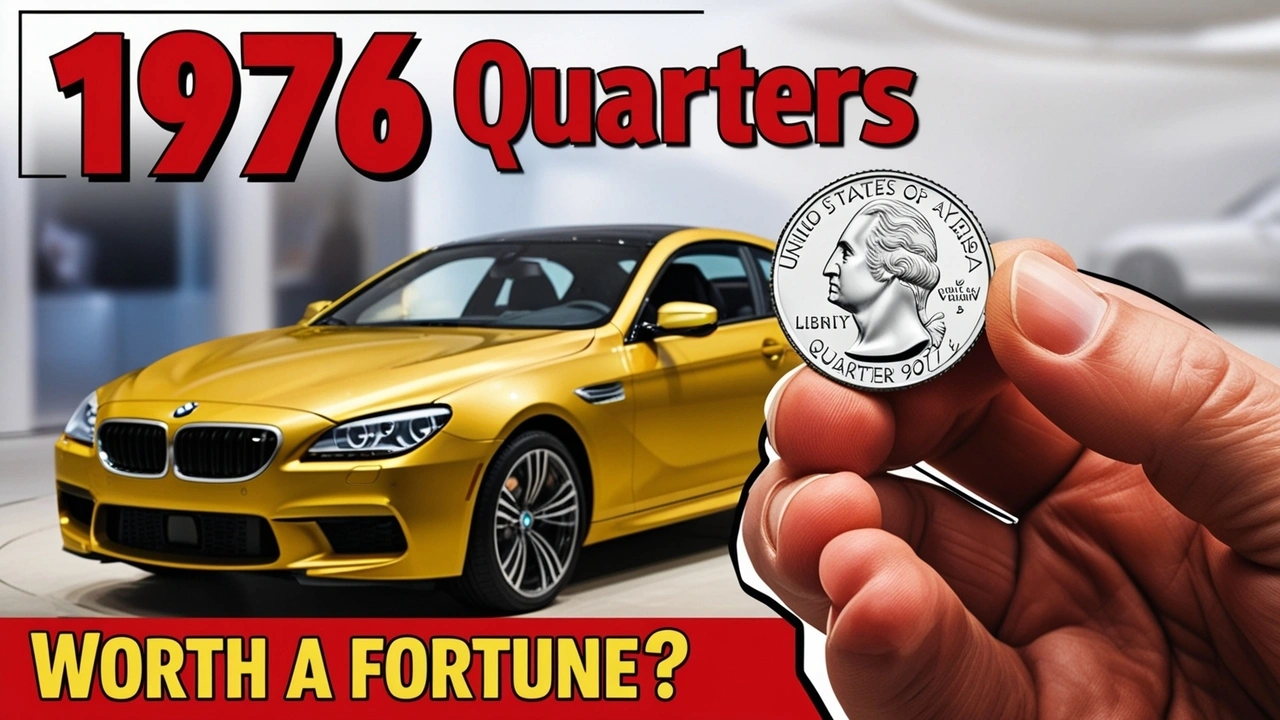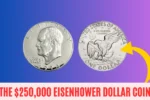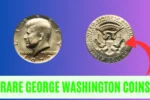Did you know that your 1976 Bicentennial quarter might be worth more than your car? While most of these commemorative coins are just worth 25 cents, some rare versions could fetch thousands, or even more, in the collectors’ market. The Bicentennial quarter was released to celebrate America’s 200th birthday, and features a distinct dual date (1776–1976) alongside the iconic drummer boy design, making them easy to spot.
But what makes certain 1976 quarters so valuable? The worth of these coins is influenced by several factors, such as rare silver editions, minting errors, and their condition. In this article, we’ll explore what makes these coins valuable, how to identify rare ones, and what to do if you think you might own one of these hidden treasures.
Overview: What Affects the Value of 1976 Quarters?
| Coin Type | Key Features | Potential Value |
|---|---|---|
| Standard Copper-Nickel Coins | Commonly circulated, made of copper-nickel | $0.25 – $1 |
| Silver Bicentennial Quarters | 40% silver composition, rare in circulation | $5 – $1,500 |
| Error Coins | Minting errors like doubled dies or off-center strikes | $1,000 – $10,000+ |
| Proof Coins | Collector-quality, mirror-like finish | $20 – $6,000+ |
| High-Grade Coins (MS67 or better) | Near-perfect condition, highly graded | $1,000 – $6,000+ |
Why Are Some 1976 Quarters Worth So Much?
1. Silver Bicentennial Quarters: A Collector’s Dream
Most 1976 Bicentennial quarters are made of copper and nickel, but the U.S. Mint also issued a limited run of 40% silver quarters. These special coins were part of collector sets and weren’t meant for general circulation.
To identify a silver Bicentennial quarter, check the edge of the coin. If you see a solid silver edge without the copper stripe typical of regular quarters, you may have a rare find. Additionally, the silver coins weigh slightly more than the copper-nickel ones (5.75 grams compared to 5.67 grams). Depending on the condition, silver quarters can range from $5 to over $1,500.
2. Minting Errors: Valuable Mistakes
Sometimes, mistakes during the minting process create rare coins with unique characteristics that collectors are eager to buy. These error coins can significantly increase the value of a 1976 quarter.
Some common minting errors include:
- Doubled Die Errors: When the design or text appears doubled due to a mistake during minting.
- Off-Center Strikes: When the design is misaligned, leaving blank space on one side of the coin.
- Wrong Planchet Strikes: When the coin is struck on the wrong type of metal, creating a valuable anomaly.
Error coins can sell for anywhere from $1,000 to over $10,000, depending on the rarity and severity of the mistake. If you think your coin has an error, it’s worth getting it professionally appraised.
3. Proof Coins: Beautiful and Valuable
Proof coins are made specifically for collectors and are usually produced in limited quantities. These coins are known for their polished, mirror-like finish and sharp, detailed designs. Since they were never released into circulation, finding one in your change is unlikely, though not impossible.
Proof Bicentennial quarters typically range in value from $20 to $50, but those in perfect condition or with unique minting errors can fetch up to $6,000 or more. Professional grading services such as PCGS (Professional Coin Grading Service) or NGC (Numismatic Guaranty Corporation) can give your coin a grade, which can significantly increase its value.
4. High-Grade Coins: The Value of Perfection
Bicentennial quarters in pristine condition can command significantly higher prices. Coins graded as Mint State (MS) 67 or higher are considered to be nearly perfect, making them highly desirable among collectors. Since it’s rare to find a coin that has been in circulation for decades without any wear, these coins can fetch impressive prices at auction.
For example, a 1976 Bicentennial quarter in MS68 condition recently sold for over $6,000. If you have a quarter that seems to be flawless, it’s worth sending it to a professional grading service for evaluation.
How to Identify a Valuable 1976 Quarter
Identifying whether your 1976 quarter is valuable doesn’t require any specialized tools—just a little knowledge and some careful inspection. Here are some tips to help you:
- Check the Edge: If the edge of the coin appears solid silver with no copper stripe, you likely have a silver quarter.
- Look for Errors: Use a magnifying glass to check for doubled dies, off-center strikes, or other unusual features.
- Weigh the Coin: A silver quarter weighs 5.75 grams, while a regular copper-nickel quarter weighs 5.67 grams.
- Assess the Condition: Coins in mint or near-perfect condition are always worth more than heavily circulated ones.
Frequently Asked Questions (FAQs)
1. How can I tell if my 1976 quarter is silver?
Silver Bicentennial quarters weigh 5.75 grams and have a solid silver edge. If there is no copper stripe on the edge, you likely have a silver coin.
2. What errors should I look for in a Bicentennial quarter?
Look for doubled dies, off-center strikes, or wrong planchet strikes. These rare errors can greatly increase the coin’s value.
3. Are proof Bicentennial quarters worth collecting?
Yes, especially those in perfect condition or with a unique error. Proof quarters can sell for thousands of dollars.
4. How much is a typical Bicentennial quarter worth?
The value of a standard 1976 Bicentennial quarter is generally 25 cents, but rare versions, especially those with silver content, minting errors, or high grades, can be worth thousands.
Final Thoughts
The 1976 Bicentennial quarter is more than just a piece of history—it could be a treasure hiding in your change jar. Whether it’s the rare silver composition, unique minting errors, or impeccable condition, these coins are highly sought after and can command impressive prices at auctions or through private sales.
If you think you’ve stumbled upon a rare or valuable quarter, it’s worth taking the time to have it professionally evaluated. Who knows? That little drummer boy design could lead you to a fortune. Share this article with fellow coin collectors and let us know in the comments if you’ve found a hidden gem!



